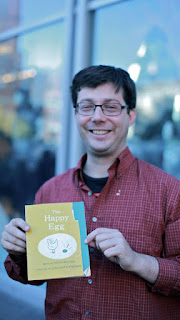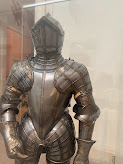Today is my birthday. I will not reveal my age because you could do a quick Google search and figure it out for yourself. However, I feel young-ish. Happy birthday to me!
🌱 Have you ever caught yourself apologizing for simply being who you are? Today, I had a powerful realization: I often say sorry when I'm my most authentic self. It's as if there's a part of me that wants to "correct" my behavior, to put me back in the "proper" place.
🔗 Why? Because that's how I was raised. Growing up, I was told—either explicitly or implicitly—that being "me" wasn't always acceptable. That showing my true colors was somehow a disruption, something to be muted or hidden away.
🎭 We carry these learned behaviors into adulthood without even realizing it. They become automatic, a reflex. But the question is, why should we have to apologize for being authentic? Why should we dampen our own light?
🤔 It's time to break the cycle. Instead of apologizing for who I am, I'm choosing to embrace myself fully—quirks, idiosyncrasies, and all. After all, it's those very characteristics that make each of us unique, valuable, and irreplaceable.
✨ So if you've ever felt the need to apologize for being yourself, remember that you're not alone. But let's make a pact right now to stop saying sorry for being the amazing individuals we are. Because authenticity is something to celebrate, not apologize for.


:max_bytes(150000):strip_icc()/streetcar2web-693ef44df24f4ae09c1e79b3cd16d898.jpg)
 .
. 




